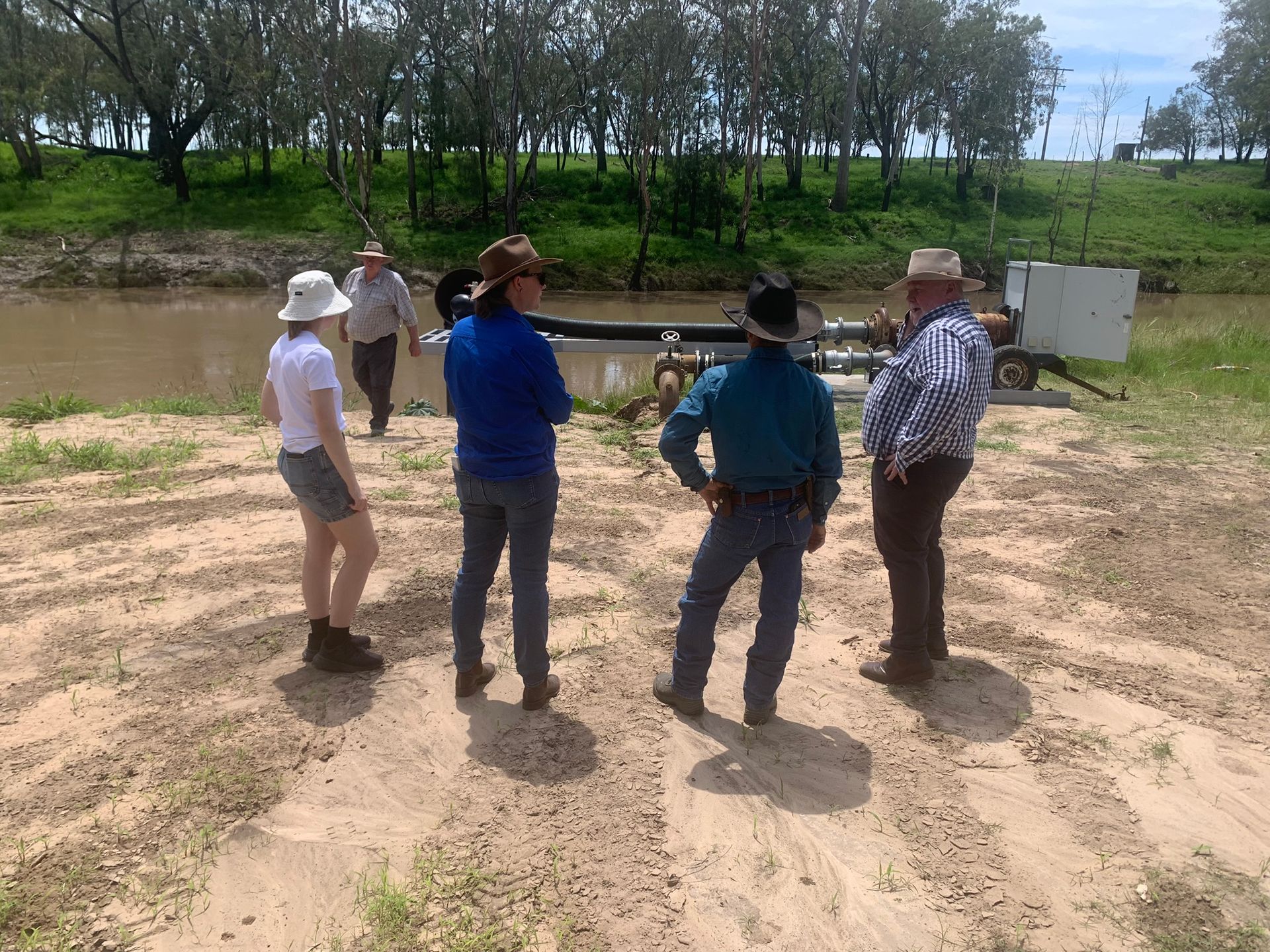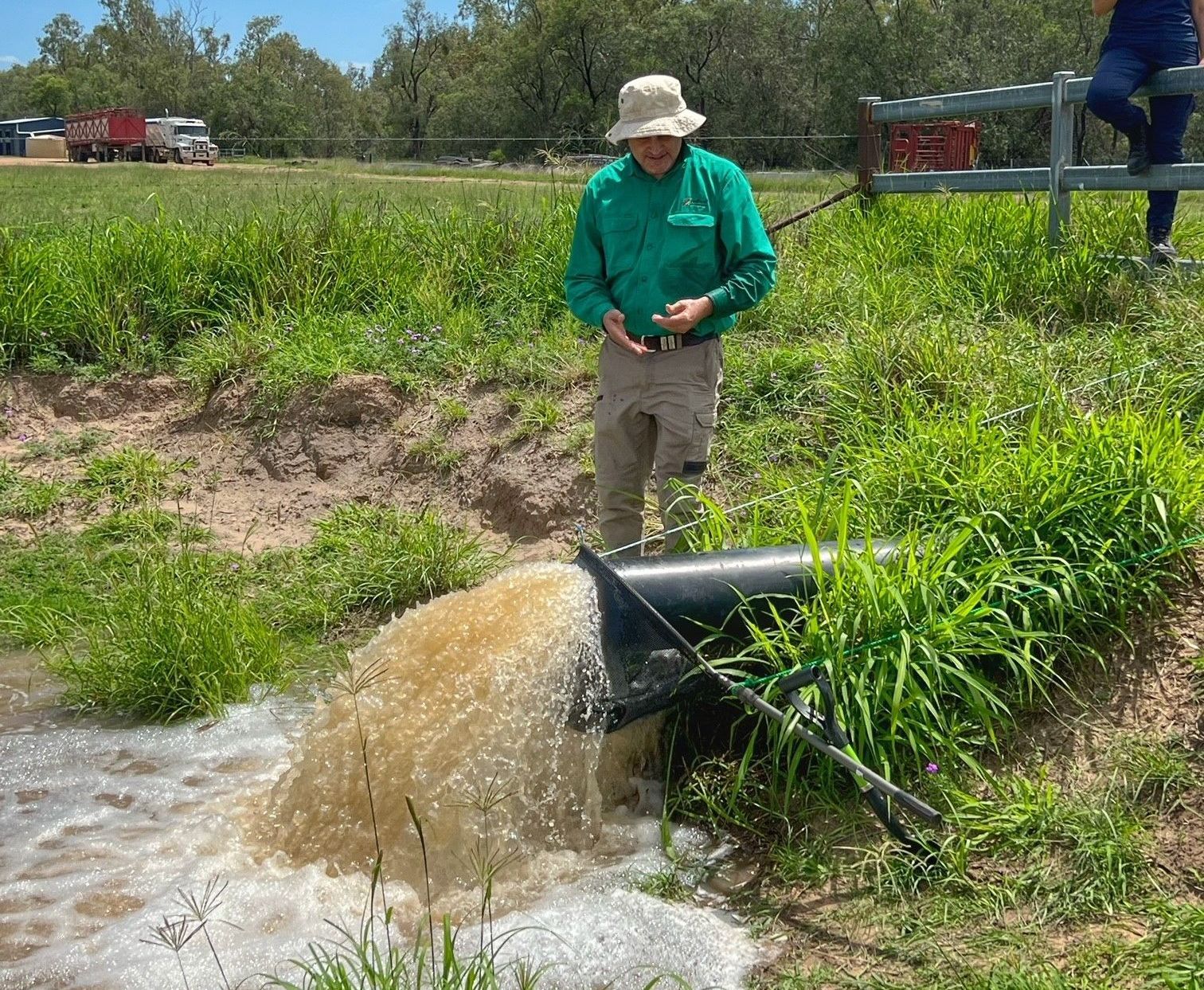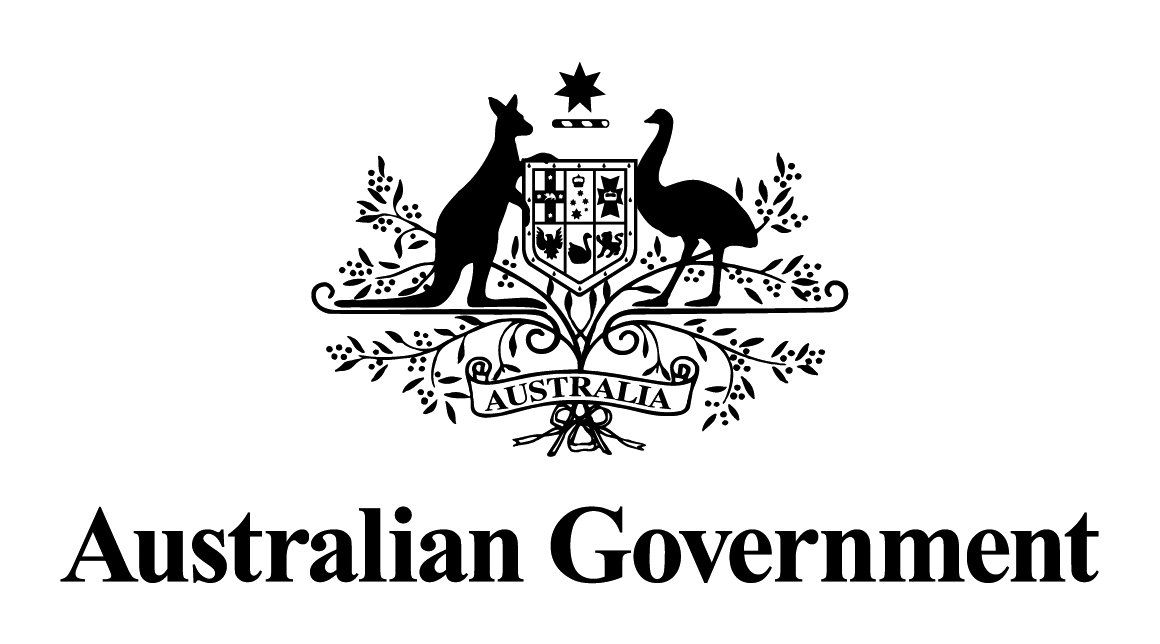Protecting Fish and Farming: The Fish-Friendly Water Extraction Project
Keeping Native Fish in The Murray Darling Basin
Southern Queensland Landscapes is delivering the Fish-Friendly Water Extraction Project within the northern Murray-Darling Basin. This project is transforming water management protocols through the installation of cutting-edge fish screens on water extractions, including irrigation pumps. Significant numbers of native fish are lost from Murray-Darling Basin rivers every year after being sucked into irrigation pumps and diverted into on-farm storage and channels. This impacts the sustainability of ongoing native fish populations and can cause damage to irrigation infrastructure. By keeping fish in the rivers where they belong, the screens play a crucial role in preserving aquatic ecosystems.
The Benefits
The installation of modern fish screens offers a range of environmental, economic, and practical advantages:
- Boosting fish populations: Fish screens can reduce fish loss into water extractions by over 90%, allowing more fish to survive and mature.
- Protecting aquatic wildlife: In addition to fish, the screens help safeguard animals like platypus, turtles, and crayfish.
- Cleaner water, less maintenance: Farmers benefit from cleaner water, reduced blockages, and lower maintenance costs for pumps and sprinklers.
- Job creation: Regional construction and installation work are creating valuable job opportunities. By enabling local manufacturing of the fish screens, job opportunities will be increased in the regional centres of the northern Basin.
- Healthier rivers and wetlands: Supporting native fish populations improves the overall health of the river system.
- Recreational fishing and tourism: Healthier fish populations enhance fishing opportunities, boosting regional economies and social activities.
Many NSW and Victorian farms have adopted this new technology, replacing outdated ‘trash racks’ with state-of-the-art fish screens. The results speak for themselves - farmers and asset owners are already experiencing cleaner water, fewer blockages, and growing fish populations.
Images supplied by Fish Screens Australia.
Image 1. Fish blocking an in-line filter Image 2. Fish on a syphon-irrigated plot
Why Modern Fish Screens Are a Game-Changer
Modern fish screens are beneficial for both biodiversity and farming. Here’s what makes them so effective:
- Proven fish protection: They are 90% effective in preventing native fish being lost to water extractions.
- Tailored for any diversion or extraction: Available for pumps and gravity-fed irrigation channels of all sizes.
- Self-cleaning technology: Built-in brushes or water jets keep screens clean, reducing maintenance and downtime for farmers.
“The fish-friendly screens are designed to slow water velocity at the intake point which prevents fingerlings and fish from being drawn into the pump. They have a large surface area and are self-cleaning with either a rotating brush or water jet systems to ensure necessary flow rates are maintained. These types of screens ensure a sustainable balance between water extraction and ecosystem health.”
Grant Colquhoun, Managing Director of Warrego Water Services
Video supplied by AWMA Water Control Solutions
Modern Fish-Friendly Screens: A Smarter Way to Protect Fish and Improve Water Management
Fish Screens Australia (fishscreens.org.au)
Modern fish-friendly screens are a game-changer compared to traditional inlet screens. Designed specifically for Australian conditions, these screens protect fish, larvae, and eggs during water extraction for irrigation, raw water supplies, and commercial or industrial uses like hydro, cooling systems, or manufacturing.
How Do Fish Screens Work?
Modern fish screens use two key methods to protect aquatic life:
1. Reduced Water Velocity: By lowering water speed at the point of intake, fish are less likely to be drawn into the system.
2. Physical Barrier: Fine mesh with a large surface area prevents fish and debris from entering extractions without reducing water volume.
These innovative screens prevent up to 90% of fish being sucked into irrigation pumps or drawn into off-takes, while effectively blocking debris, providing significant benefits for biodiversity and water users.
Benefits for Water Users
Modern fish screens offer practical advantages:
- Self-Cleaning Technology: Equipped with automatic brushes or water jets, they reduce clogging and maintenance, eliminating the need for frequent back-flushing or filter replacement in some systems.
- Versatile Applications: Suitable for pumps or channels, deep or shallow water, and adaptable to various flow rates and site conditions.
- Improved Efficiency: By keeping debris and fish out, screens help maintain cleaner water, reduce downtime, and improve system performance.
Selecting the right screen for a water extraction is critical. Factors such as river conditions, water flow, local fish populations, and site access determine the most suitable solution. Larger screen areas allow the use of finer mesh, ensuring optimal protection for fish without compromising water extraction. A range of screens are available in Australia from both local and overseas manufacturers. These can be adapted or combined to suit the needs of different water use applications and the location of the extraction.
Images supplied by Fish Screens Australia.
Image 1. Self-cleaning Brush Technology Image 2. Highly Versatile Cylindrical Fish Screen Image 3. Efficient Rotating Pump Screen
A Collaborative Effort
The project is backed by a $6.8 million investment from the Australian Government and is being delivered by Southern Queensland Landscapes within Queensland. Together, we are working with stakeholders and landowners to identify the best sites for installations, ensuring maximum benefits for fish and farms without disrupting water operations. The Queensland Government is on track to deliver the project by May 2026 with 12 fish-friendly screens to be installed across the Border, Condamine and Lower Balonne Rivers. So far, 5 fish-friendly screens have been installed at sites across the region and preparations are underway for the installation of another 4 screens. Agreements are in place with landholders for the final 3 screens which are in the planning stage.
Images of the recent Cylinder Fish Screen Installation at Condamine
Where It's Happening
The project is focused on the Border Rivers, Lower Balonne and Condamine catchments which are part of the Northern Murray-Darling Basin Rivers. These installations are designed to complement other fish passage initiatives in New South Wales and Queensland.






